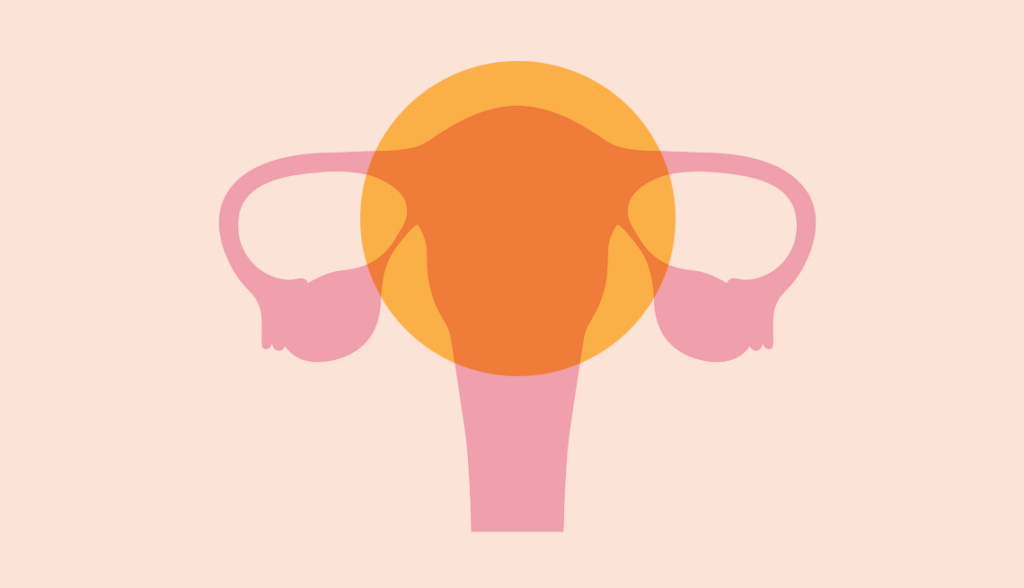Do You Know the Warning Signs of Uterine Cancer?

When Ursula Matulonis, M.D., started treating women with gynecologic cancers more than 20 years ago, she says it was rare to see a patient who had an aggressive form of uterine cancer.
“Now I see several per week,” says Matulonis, chief of the division of gynecologic oncology at Dana-Farber Cancer Institute in Boston and a professor of medicine at Harvard Medical School.
Uterine cancer — also called endometrial cancer because that is the most common type — is one of the few cancers in the U.S. that’s increasing in incidence, growing by about 1 percent each year in white women and by about 2 to 3 percent in women of all other racial and ethnic groups, according to a 2024 report from the American Cancer Society.
This year, an estimated 67,880 new cases of uterine cancer will be diagnosed in the U.S., up from what Memorial Sloan Kettering Cancer Center in New York City says was roughly 35,000 in 1987. The majority of these cases will be in women over 50. This “steady increase” has been especially noticeable in the past 10 years, says Pamela T. Soliman, M.D., a professor in the department of gynecologic oncology and reproductive medicine at MD Anderson Cancer Center in Houston. “We are definitely well aware of it,” she says.
Equally concerning is the increasing death rate. While survival rates for most cancers have improved in recent decades, the opposite is happening for uterine cancer. Since the mid-2000s, the death rate has risen by about 1.7 percent each year, the American Cancer Society says. And studies have found that Black women are twice as likely to die from uterine cancer than patients from other racial and ethnic groups.
This year, the disease is expected to kill 13,250 U.S. women.
“I would call this a public health emergency, with the rising cases and the poor survival,” Matulonis says. “We all should be worried about this.”
Obesity may be contributing to climb in cases
There are likely “a number of different factors” contributing to the troublesome trends, Soliman says. A big one, doctors and scientists say, is the growing prevalence of obesity, which affects nearly 43 percent of U.S. women age 60 and older, according to the Centers for Disease Control and Prevention.
For more information on the first signs of uterine cancer, from AARP, CLICK HERE.
